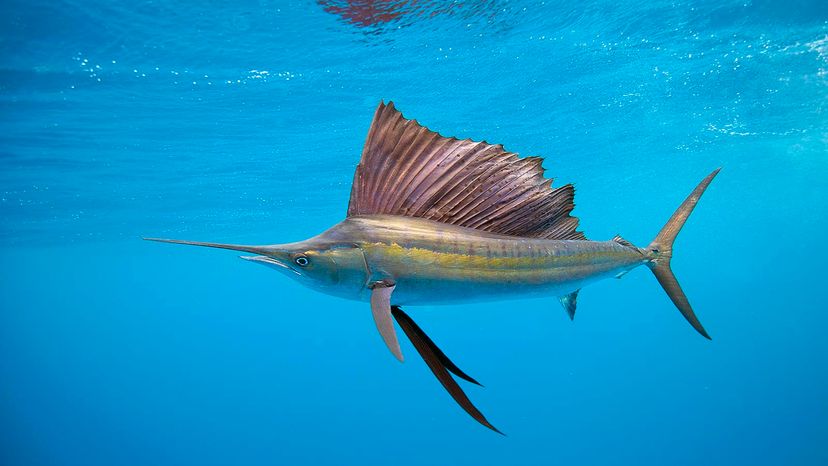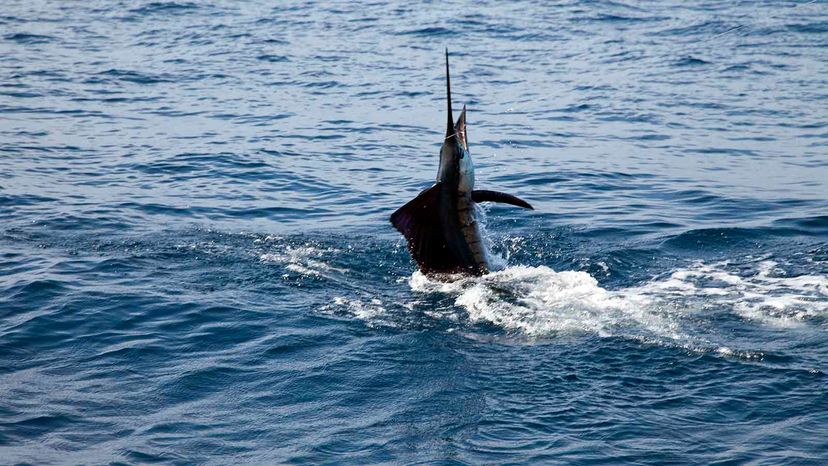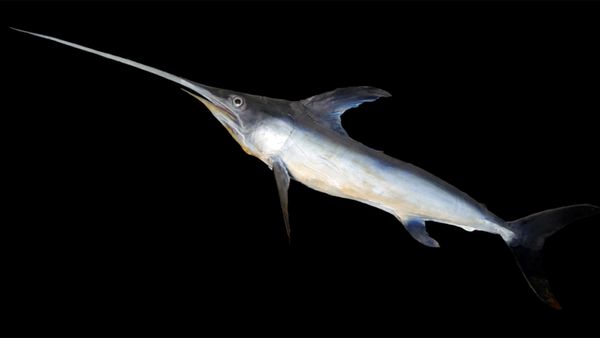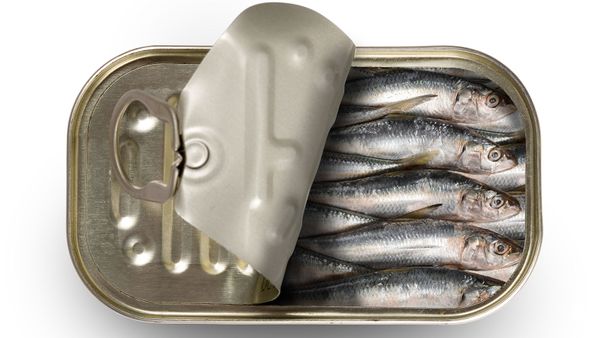However, commercial fishing is still the biggest threat to the sailfish population. Sailfish are sometimes caught — along with tuna and other fish — as bycatch of fishing gear for large-scale food production.
In the United States, the National Marine Fisheries Service enforces conservation efforts. All commercial ships flagged in the U.S. are prohibited from selling, retaining or purchasing sailfish, along with all other Atlantic billfish species. As we mentioned, recreational fishers must have all the proper permits to catch sailfish, and they must release them back to the ocean.
"Every once in a while, you'll get one that's bleeding or a shark bites its tail off or something that is legal size, so no sense in letting him go," Rosher says. "I would say, well over 95 percent of the sailfish are released."
Rosher says, in his experience, the conservation efforts have paid off.
"One of the big factors in South Florida is that they're prevalent enough to target, meaning if I see only one every week, people just wouldn't spend the money to pursue them," Rosher says. "Just not common enough, right? Just not achievable enough to go out and catch one or two or three a day. But sailfish in their current population are that prevalent."
And, Rosher says, there's a lot of money in the sport fishing industry.
"The benefit that sailfish bring to a local economy is staggering when you look at what people spend to go catch them," he says. "I have three charter boats. I also fish on other tournament boats. I can't even tell you how many hundreds of thousands of dollars are spent in my presence in a year in the pursuit of generally, or mainly, sailfish."





